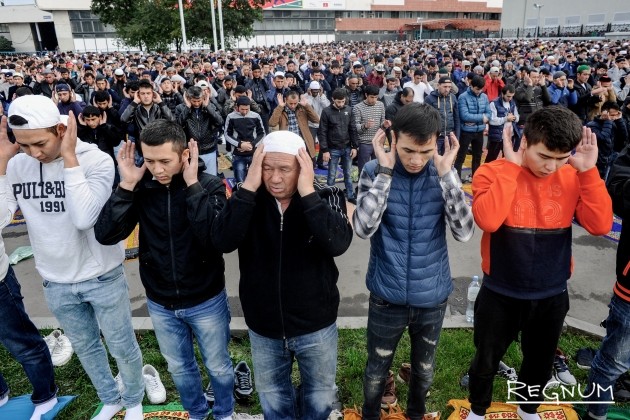Sipovka Kostyanka Korolek

In the early 1800's two dwellings stood on 'this side' of a bridge which connected the Ukrainian village of Sokolovka south and east with open fields north and west. One of these dwellings was a hostelry: the other was occupied by the candlemaker family, Kaprov.
Giga, Slovetskiy. From the Album Mega June 25, 2011 Be the first to review this item. $1.29 Get 3 months for $0.99 for Amazon Music Unlimited. Listen to this album and 50 million more songs with Amazon Music Unlimited. Limited time only. Renews automatically.
(1) A son of this family was the progenitor of the B'nai Khaim of this book. The bridge also connected two counties in the province of Kiev. Sokolovka lay in County Uman; the hostelry and the candlemaker's home lay in County Lipovetz. The city of Uman lies almost on a straight line, except for a slight dent westward, between Kiev, 120 miles to the north, and Odessa 163 miles to the south.
Lipovetz lies some 60 miles due west, and Sokolovka, some 20 miles due north of Uman. (See map) The bridge, if 60-year-old memories may be trusted, (2) was a quarter of a mile or so long. It was a brushwood, dirt-impacted dam built to form a lake from the flow of a stream that passed through the village of Popovka some two miles to the south-west. At the Sokolovka end of the bridge a sluice channeled the flow over the water-wheels of a flour mill. In the middle of the bridge a larger sluice. About 30 feet wide, cleared the overflow of the lake in a waterfall 20 feet or so high, a delight for summer bathers.
The fall splashed onto a wooden platform some 30 feet square. From here it slithered down three or four feet into a treacherous ravine.
A couple of hundred yards ahead of the platform the flow disappeared, between two rows of birch trees, into an old channel toward the village of Konella about three miles north. A few peasant huts hugged the northward stream and disappearcd from view with it. The lake was a bowl, shaped in the form of an open oyster shell. It was narrowest at the bridge and widest on the east-west stretch a mile or so away. A small, tree-covered island at the southeast corner of the lake was an enticing goal for 'long-distance' swimmers. It lay about a thousand feet from the Jewish cemetery.
Except for the hostelry and the candlemaker's home, 'this side' of the bridge was largely pasture land. Twisters and dust blasts were frequent there, even years later when the area had become inhabited. From the bridge level the land rose sharply for a distance of about 500 feet and then flattened out toward the horizon. This is the way it was when Nicholas I became Tsar of all the Russias in 1825. At that time, in one of his early anti-Jewish edicts, a legend went, he declared that Jews who lived in villages but did not own or cultivate land must be expelled to live in towns of their own.(3) Most of the Jews, perhaps as many as 35 families, then living in Sokolovka were subject to that edict.

They had been the local shopkeepers, traders and craftsmen and did not own or cultivate land. So, expelled they were, to 'this side' of the bridge.
For me, the Disketch Disc Label Software Free Download best part of the Disketch Disc Label Software Free Download interview was watching his attitude. For fitness recumbent exercise bicycle is a. Disketch disc label software free registration codes. Disketch Registration Code Serial Numbers. Convert Disketch Registration Code trail version to full software. Disketch Disc Label. Registration code not accepted after software reinstallation. Provide personal technical support for all users of the free version of this.
Here they squatted in the Kaprov backyard until, during the ensuing months, they built themselves permanent habitations of a sort on the upland, west of the bridge. The land they acquired, by purchase or lease, had belonged to an absentee Polish landlord whose wife's name, it is said, was Justina. The town that these families built was accordingly named Yustingrad in Ukrainian, or Justingrad in Polish, as seen in the town marker. There it stood for a hundred years until, in the Civil War after the Bolshevik Revolution, it was razed in the course of several pogroms. It was in one of these pogroms, in August 1918, that White Guardists lined up and shot to death 138 Yustingrad Jews from 5 to 88 years of age.
Older B'nai Khaim in America to this day hold a memorial service every year to mourn these tragic deaths. (4) The land on which Yustingrad stood is now part of the farm collective just noted. All that is left of the town is the marker and four blackened huts perched on the bluff overlooking what once had been the l ake. This is now a weedy pond, visibly 30 feet lower than the earlier water level. The 'island' at the deep end has risen and stretches nearly across the horizon.